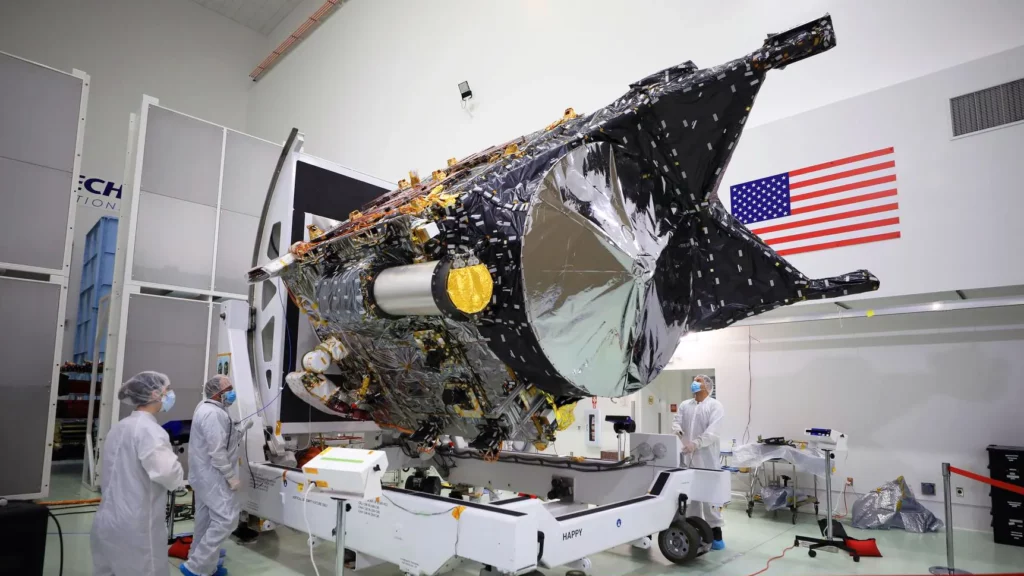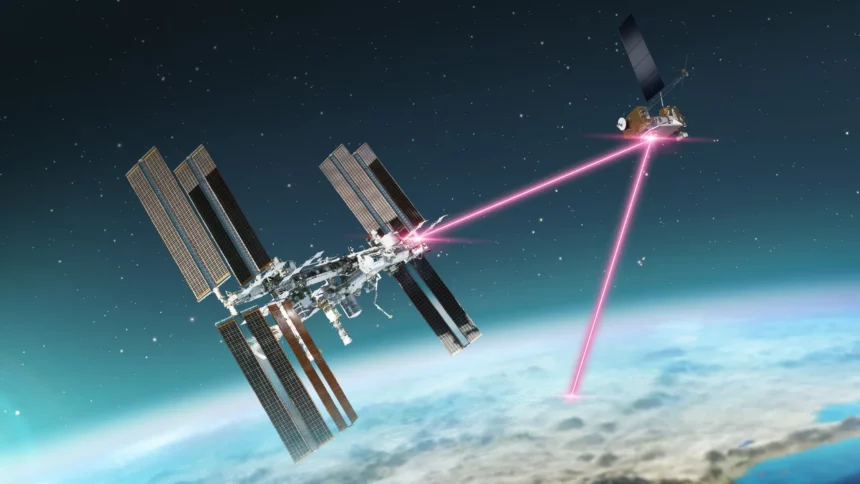On October 13, 2023, NASA launched the Psyche mission to explore the asteroid 16 Psyche, believed to be the exposed core of an early planet. As the spacecraft journeys toward its target, set for arrival in 2029, NASA is also pioneering the testing of advanced laser optical communications technology through the Deep Space Optical Communications (DSOC) experiment.
Recently, NASA announced a breakthrough in this experiment. The DSOC module, which has been integrated with the spacecraft’s standard radio frequency communication system, has successfully transmitted engineering data back to Earth from a distance exceeding 140 million miles (226 million kilometres). This data was transmitted at a rate of 25 megabits per second to a receiving station on Earth. According to Meera Srinivasan from NASA’s Jet Propulsion Laboratory, the team managed to download about 10 minutes of spacecraft data during an orbital pass on April 8.

Until this point, the DSOC had been primarily used for transmitting test data. This successful operation of sending actual spacecraft engineering data marks a significant step forward, validating the DSOC’s ability to function alongside traditional radio communication methods.
Currently, the primary method of communication for the Psyche spacecraft remains radio technology, but the DSOC experiment is designed to test the feasibility of faster laser-based data transmission, which could offer speeds 10 to 100 times faster than current radio systems. Although the speed may decrease with distance, this was exemplified when DSOC achieved a data rate of 267 Mbps at 19 million miles (31 million kilometres) from Earth in December 2023, a considerable increase compared to the anticipated 1 Mbps at the greater distance tested in April.
NASA’s DSOC system provides valuable data on the performance of laser communications in space, although it does face challenges such as the need for clear skies and good weather to establish a successful connection. These requirements mean that laser systems, despite their speed, may not completely replace the more robust and weather-resistant radio frequency communication systems anytime soon.







